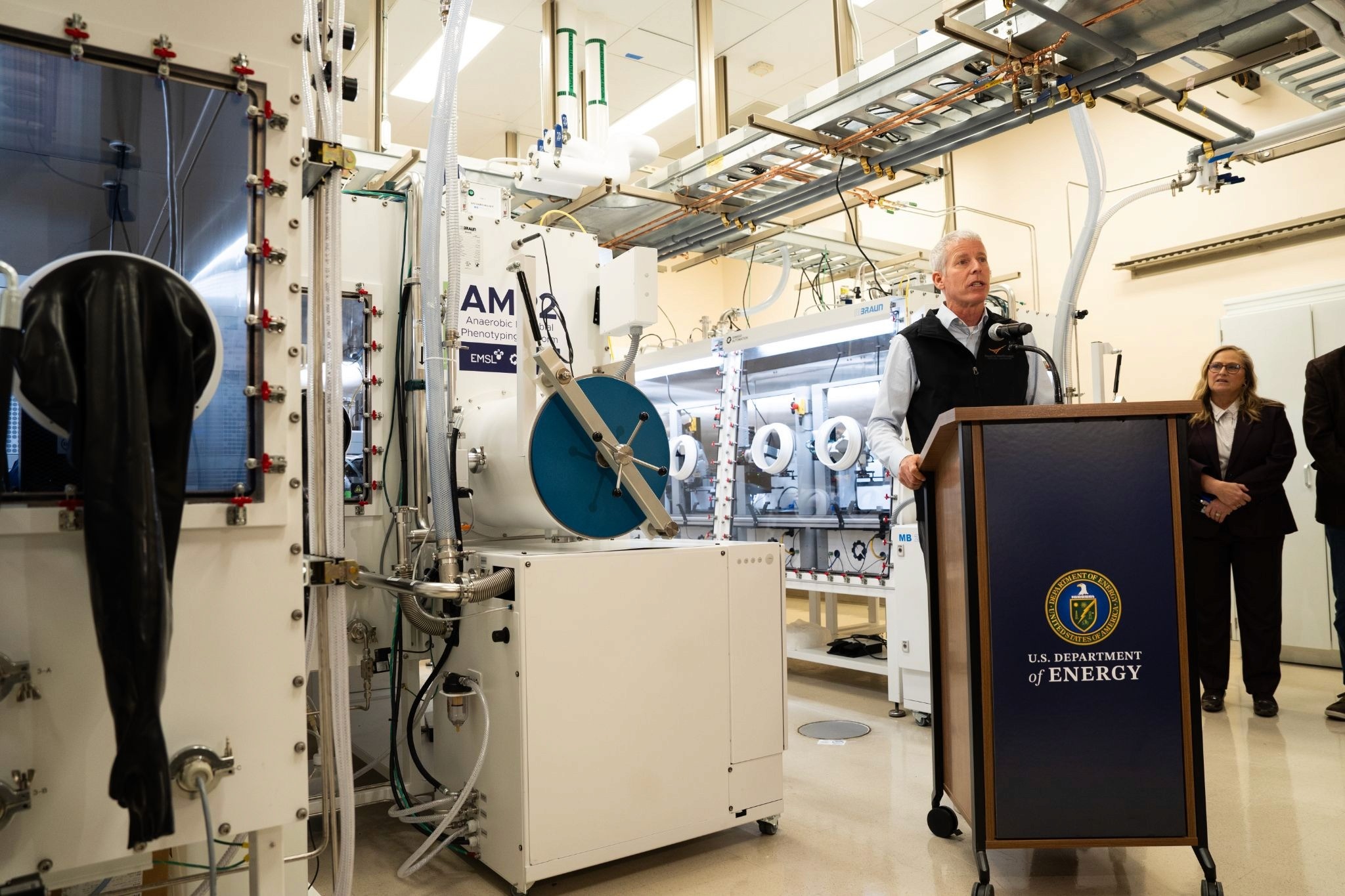In research news this week: Smart cell therapies, new base editing technology, synthetic cells, and more
Jul 29, 2019
Here’s our pick of the most interesting research news this week:
Protein design
???A team of bioengineers led by UC San Francisco’s Hana El-Samad and the University of Washington’s David Baker have developed “smart” cells that behave like tiny autonomous robots which, in the future, may be used to detect damage and disease, and deliver help at just the right time and in just the right amount. They designed a new protein, known as LOCKR, which resembles a barrel that, when opened, reveals a molecular arm that can be engineered to control virtually any cellular process. https://www.youtube.com/watch?v=CRVv3ie9KNw???AI protein-folding algorithms solve protein structures faster than ever: Biologists are wondering how deep learning might be applied to the prediction of protein arrangements, which ultimately dictate a protein’s function, according to Nature. ?The computational protein designers: by making proteins from scratch, researchers build enzymes with activities unknown to nature, using co-factors and amino acids that are not part of the standard macromolecular toolkit.?Inspired by the work of DNA origami, in which nanostructures are made from folding DNA, a team of engineers at the McKelvey School of Engineering at Washington University in St. Louis created protein nanostructures that can endure high temperatures and harsh chemical conditions, both of which are not possible with DNA-based nanostructures. In the future, these protein nanostructures could be used to improve sensing capabilities, speeding chemical reactions, in drug delivery and other applications.
Base editing
?A team of researchers from the Broad Institute, Harvard and Boston's Children's Hospital has developed a new way to improve the editing efficiency of base editors using a system called "phage assisted continuous evolution of base editors," or BE-PACE.
Synthetic cells
?A University of Minnesota-based research collaboration received a $1.2 million National Science Foundation grant to accelerate efforts to develop synthetic cells. Kate Adamala is the lead investigator for the Build-a-Cell Research Coordination Network.
DNA assembly
?Researchers at SMART, MIT's research enterprise in Singapore, and National University of Singapore (NUS) have developed a technology that greatly accelerates the genetic engineering of microbes. They developed a DNA assembly standard which has the potential to reduce the cost and time of plasmid construction in biotechnological applications.
Science communication
✌️What's deoxyribonucleotide in sign language? Frustrated at the lack of complex scientific terms in British Sign Language, a Dundee student has created more than 100 new signs to help deaf people express themselves when talking about science. Read more.
Machine learning
??Synthetic biology “cannot yet fulfill its true potential due to our inability to predict the behavior of biological systems,” according to researchers at the DOE Agile BioFoundry and University of Manchester. We also lack the ability to extrapolate large-scale behavior from small-scale experiments. In this review, they discuss how machine learning and automation can be used to improve the basic synthetic biology Design-Build-Test-Learn (DBTL) cycle in different ways.
Minimal biology
?The minimum number of genes needed for life depends on the surrounding environment: Of the 473 genes in the genome of the bacterium with the smallest genome generated to date, 149 genes have unknown function. But now Mark Wass and his team at the University of Kent think they have worked out the specific functions of 66 of the mystery genes.
Artificial chromosomes
??Biochemists streamline construction method for human artificial chromosomes (HACs): Researchers have been trying to perfect the construction of HACs, and now they’re closer to scaling up to full-size chromosomes. They envision HACs performing all sorts of jobs, including delivering large proteins for gene therapy or transporting suicide genes to fight cancer. Check out last week’s research roundup and let us know what we missed:

















